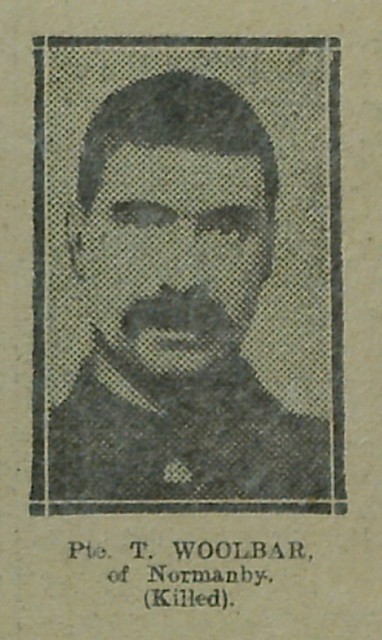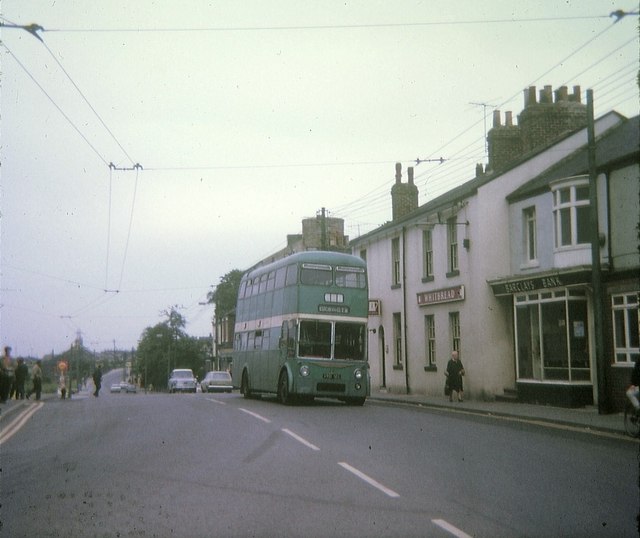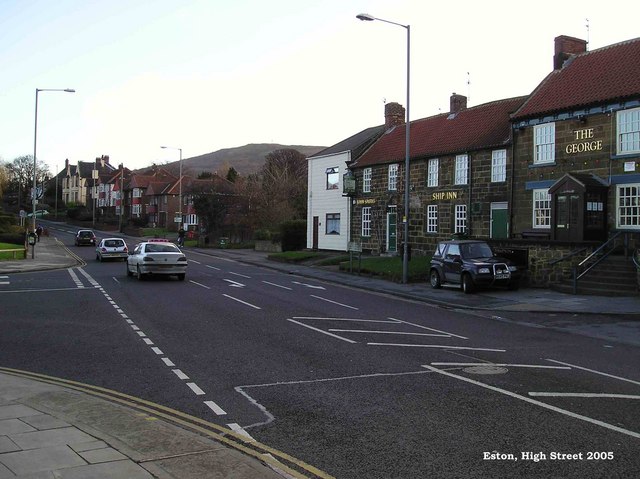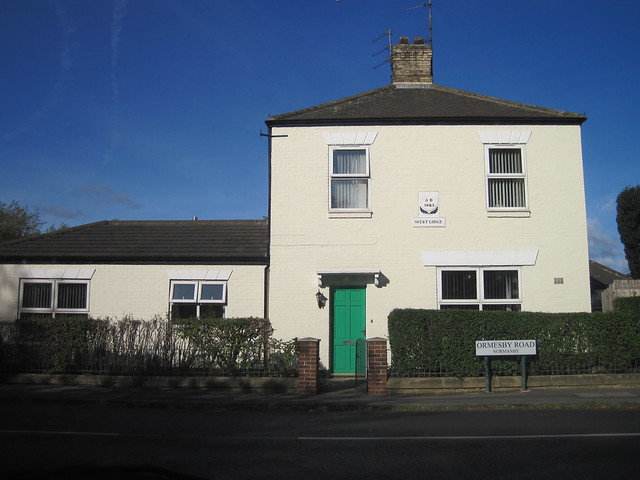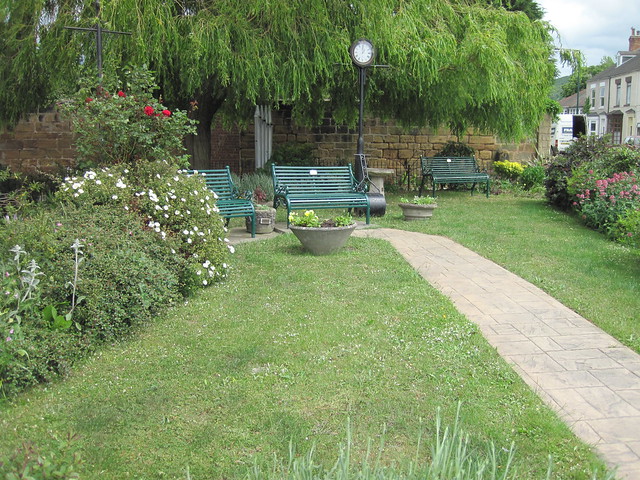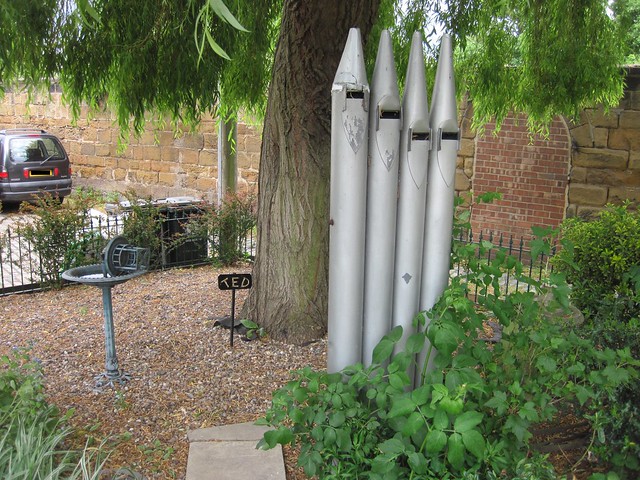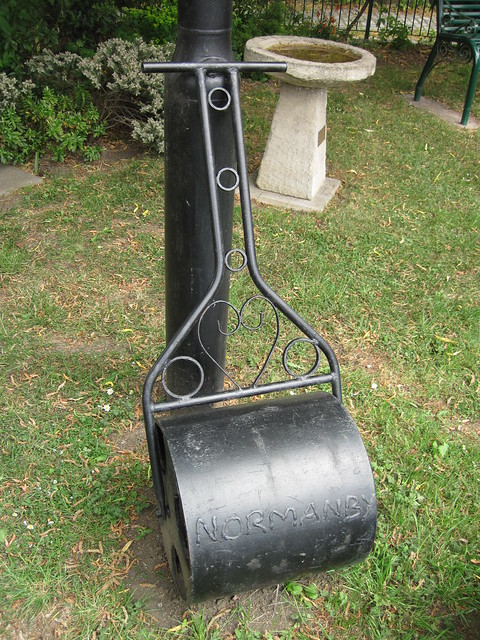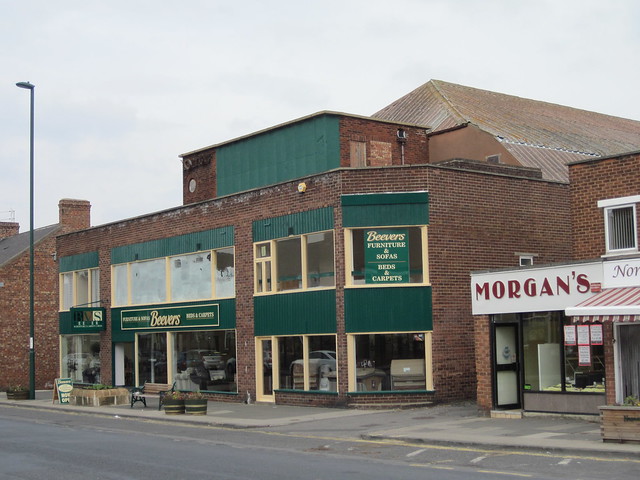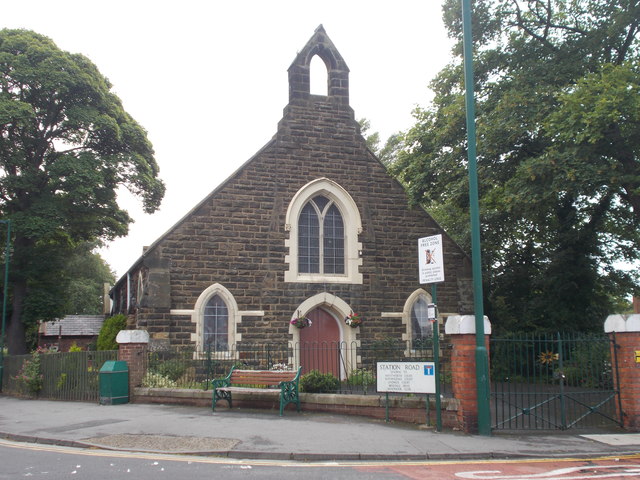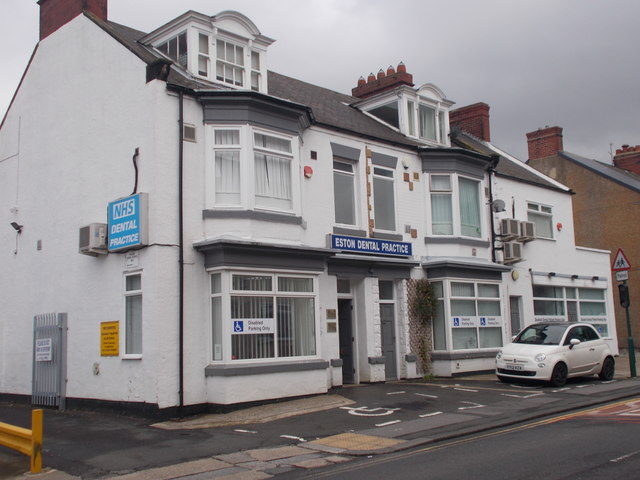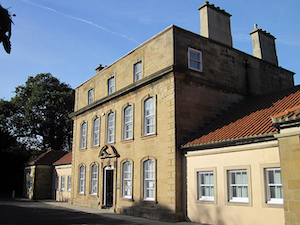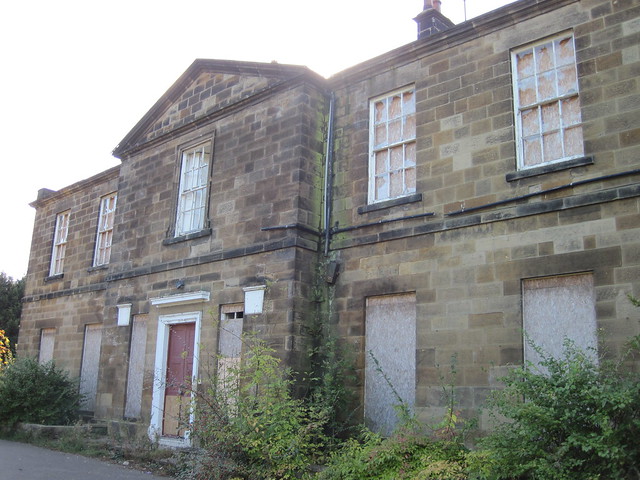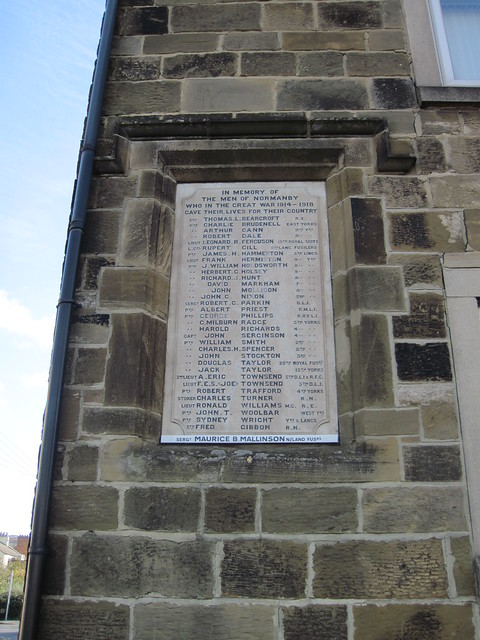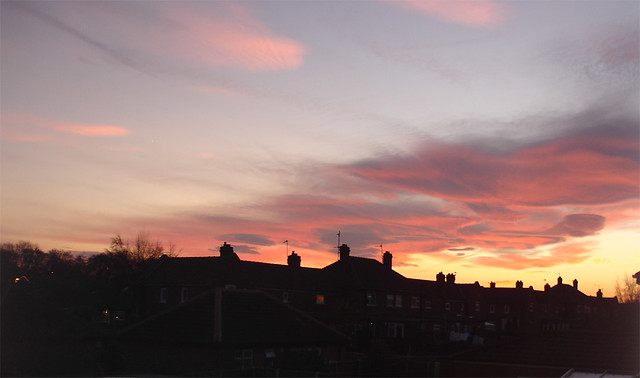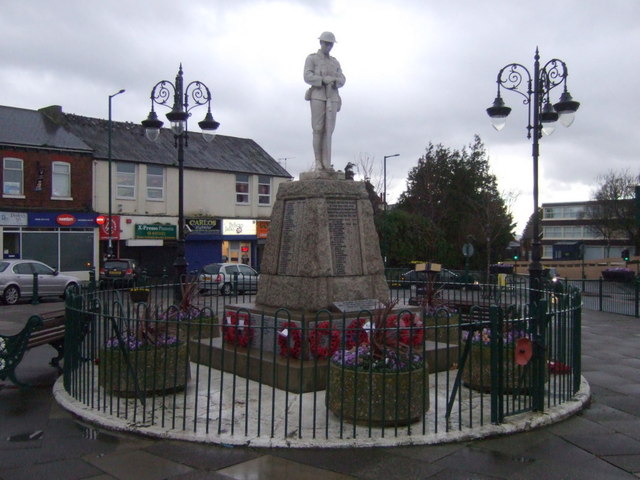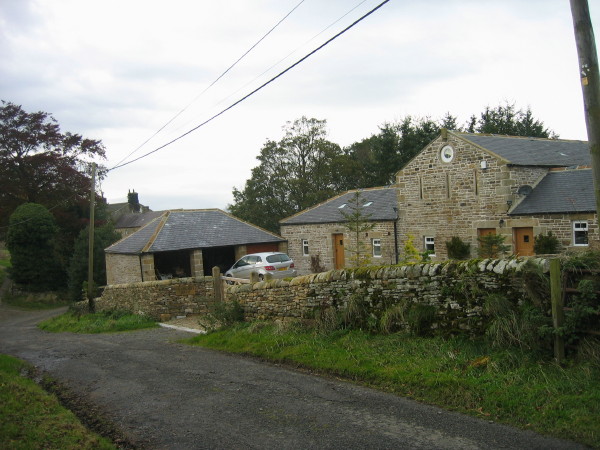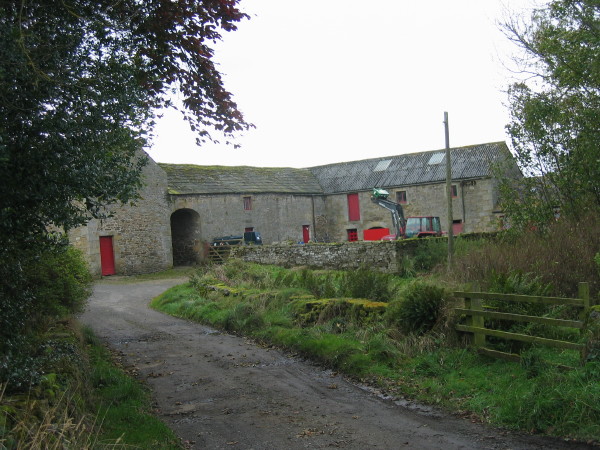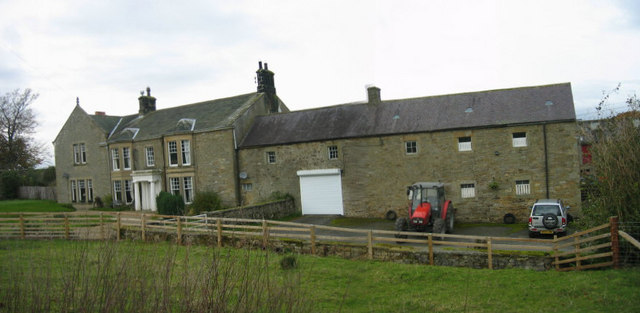Topics > Tees Valley > Normanby
Normanby
Normanby is an area in Redcar and Cleveland joining with Eston to the west and Ormesby to the east.
NORMANBY-IN-CLEVELAND, a township, in the chapelry of Eston, parish of Ormesby, union of Guisborough, E. division of the liberty of Langbaurgh, N. riding of York, 5¾ miles (W.N.W.) from Guisborough; containing 134 inhabitants. At the time of the Domesday survey, lands were held here by the king, the Earl of Morton, and the family of Mallet; amongst the proprietors since that date, occur the families of Brus, Thweng, Morley, and Pennyman. The township comprises 1640 acres: the river Tees runs at a short distance to the north. The village, which is small, is situated close to Eston, and on the road from Yarm to Kirk-Leatham. The tithes have been commuted for £179, payable to the Archbishop of York.
Extract from: A Topographical Dictionary of England comprising the several counties, cities, boroughs, corporate and market towns, parishes, and townships..... 7th Edition, by Samuel Lewis, London, 1848.
Normanby is an area in the unitary authority of Redcar and Cleveland and the ceremonial county of North Yorkshire, England. It is part of the Middlesbrough agglomeration but is not within the borough of Middlesbrough itself. It has a population of approximately 7,000 residents. It lies between Ormesby, to the west, Eston, to the east, and Teesville and South Bank to the north.
Politics
Normanby is part of Redcar parliamentary constituency and is represented by Anna Turley (Labour) in the House of Commons.
It is part of the North East England European Parliament constituency, where it is represented by two Labour and a UK Independence Party MEP.
2011 local elections results
Borough Council
In the 2015 local elections, the following members were returned to Redcar and Cleveland Borough Council:
Flatts Lane Woodland Country Park
Flatts Lane Woodland Country Park is an area of woodland in Normanby, sheltered from the urban sprawl below in the Tees Valley. It provides residents with a place to walk and exercise. It aims to give a 'countryside experience' without a long journey to reach it.
There is a visitors' centre – which stands on the site of the former Normanby Brickworks. Some of the walkways in the park follow the course of the now defunct Cleveland Railway, which served the brickworks. The visitors' centre has exhibits and information about wildlife and conservation, as well as serving as a base for the information-giving Ranger.
The park boasts a variety of habitats, including both deciduous and coniferous woodlands, grassland and ponds. There are plenty of walks throughout the wooded areas of the park, an outdoor exercise area and a children's playground. There is a network of bridleways which cyclists and horseriders are welcome to use.
In the past, Flatts Lane veered from its present route and crossed the land now occupied by the Country Woodland Park. It was used by monks, farmers and traders to carry goods between markets and coastal ports. The cobbled path can still be seen in some places as it runs across the site. Godfalter Hill is a prominent landmark topped by its distinctive beech trees making it visible for miles around.
Flatts Lane Woodland Country Park, in Normanby, is an easy starting point for walks to Eston Nab; the path leading to the high ground of Eston Moor forms a less severe incline than more popular routes from Eston. It is also on the long distance path called the Tees Link; the path travels along the route of a former railway which served Normanby Brickworks.
Normanby Hall and Normanby House
Normanby Hall is a mansion on the western side of Normanby. The manor of Normanby was held at an early period by the de Brus family, of Skelton Castle; and subsequently passed to Marmaduke de Thweng. Later it came into the possession of the Percys, and then, of the Moneys.
At the beginning of the eighteenth century, the estate belonged to William Pennyman, Esq. When he died, in 1718, buried at Eston Church, his daughters Elizabeth and Joanna, married two brothers – Rev. William Consett and Captain Matthew Consett, sons of William Consett of Linthorpe.
The manor lands were split, Reverend William Consett taking the eastern part of the estate, upon which he built the elegant and commodious Normanby House, which became known as the Manor House. The other brother, Captain Matthew Consett, took the part of the manor with the ancient Hall.
The Hall with a moiety of the estate was purchased in 1748, by Ralph Jackson, on the death of Captain Consett. The common fields around it were enclosed, in 1790, to become parkland for the mansion. It descended through the Jackson family, in the late 1880s, to Major Charles Ward-Jackson M.P., who was lord of the manor, and who died in 1930.
In the twentieth century, it came into the hands of Charles Amer, a former jazzband leader (Charles Amer Orchestra), Middlesbrough F.C. Chairman, owner of the Coatham Hotel, in Redcar, the Marton Hotel and Country Club and, later, property developer. Amer later sold the parkland belonging to the Hall and houses were built. The Hall itself, after several years as a retirement home, is now unoccupied and in a state of disrepair.
History
In 1870-72, John Marius Wilson's Imperial Gazetteer of England and Wales described Normanby like this:
NORMANBY, a village and a township in Ormsby parish, N. R. Yorkshire. The village stands 2 miles (3.2 km) N E of Ormsby r. station, and 4 W N W of Guisborough; and has a post-office under Middlesbrough. The township extends to the coast; and comprises 1, 343 acres of land, and 355 of water. Real property, £7, 949; of which £4,060 are in iron-works. Pop. in 1851, 195; in 1861, 2, 204. Houses, 397. The increase of pop. arose mainly from the opening of extensive ironstone works, and from the establishing of glass furnaces. Norman by Hall is a chief residence. Bricks and tiles are made. There is a national school.
— John Marius Wilson, Imperial Gazetteer of England and Wales
Zoë's Place
Normanby is home to Zoë's Place, one of only two baby hospices in England. It offers palliative and respite care for babies and infants up to five years old, who have life-limiting or terminal illnesses.
It was opened by Ann Widdecombe in 2004. The hospice occupies the former Crossbeck Convent which was bought in 1919 to serve as a home to the Catholic religious community of the Sisters of Mercy.
Normanby Hall Cricket Club
There is a cricket club, Normanby Hall Cricket Club, alongside the Normanby Hall. It is a member of the England and Wales Cricket Board. It has teams competing in the North Yorkshire & South Durham Premier Division, Division 1 and Sunday Division 1. At junior level, teams compete in under 11, under 13, under 15 and under 17 sections.
Eston Cemetery
Eston Cemetery is one of those places in the area which was probably named at the time of the Eston Urban District Council, which included Normanby. Nevertheless, Eston Cemetery can be said to be in Normanby.
Still in active use, it was established in 1863, enlarged in 1882, and built as an extension to the pre-reformation church of St Helen, which was one of the many churches belonging to Gisborough Priory. St Helen's has since been dismantled and rebuilt at Beamish Museum. Names on the gravestones tell the story of the families whose daily lives created the history of the wider area, throughout the twentieth century until the present.
The Commonwealth War Graves Commission is responsible for commemorating all Commonwealth war dead individually and equally, and to this end, war graves with uniform headstones, set in well kept lawns, can be found in cemeteries throughout the British Commonwealth. The Commission lists ninety-eight such graves, at Eston Cemetery, from the First and Second World Wars.
Having more than 40 war graves, a Cross of Sacrifice designed by architect Reginald Blomfield has been erected. It shows a simple cross embedded with a bronze sword and mounted on an octagonal base to represent the faith of the majority of commemorations. It can be seen in front of the West Lodge.
The cemetery also contains the memorial obelisk to William Henry Short VC (4 February 1884 – 6 August 1916) who was an English recipient of the Victoria Cross, the highest and most prestigious award for gallantry in the face of the enemy that can be awarded to British and Commonwealth forces. He was awarded the medal after being killed showing gallantry and devotion to duty at the Battle of Contalmaison, during the Somme Offensive, in 1916.
Having more than 40 war graves, a Cross of Sacrifice designed by architect Reginald Blomfield has been erected. It shows a simple cross embedded with a bronze sword and mounted on an octagonal base to represent the faith of the majority of commemorations. It can be seen in front of the West Lodge.
The cemetery also contains the memorial obelisk to William Henry Short VC (4 February 1884 – 6 August 1916) who was an English recipient of the Victoria Cross, the highest and most prestigious award for gallantry in the face of the enemy that can be awarded to British and Commonwealth forces. He was awarded the medal after being killed showing gallantry and devotion to duty at the Battle of Contalmaison, during the Somme Offensive, in 1916.
Notable people
- Charles Ward-Jackson – Conservative Party MP, inherited Normanby Hall. Served as a Major in the Second Boer War and First World War.
- Rob Smedley – Head of Vehicle Performance Williams Grand Prix Engineering
Visit the page: Normanby, Redcar and Cleveland for references and further details. You can contribute to this article on Wikipedia.
